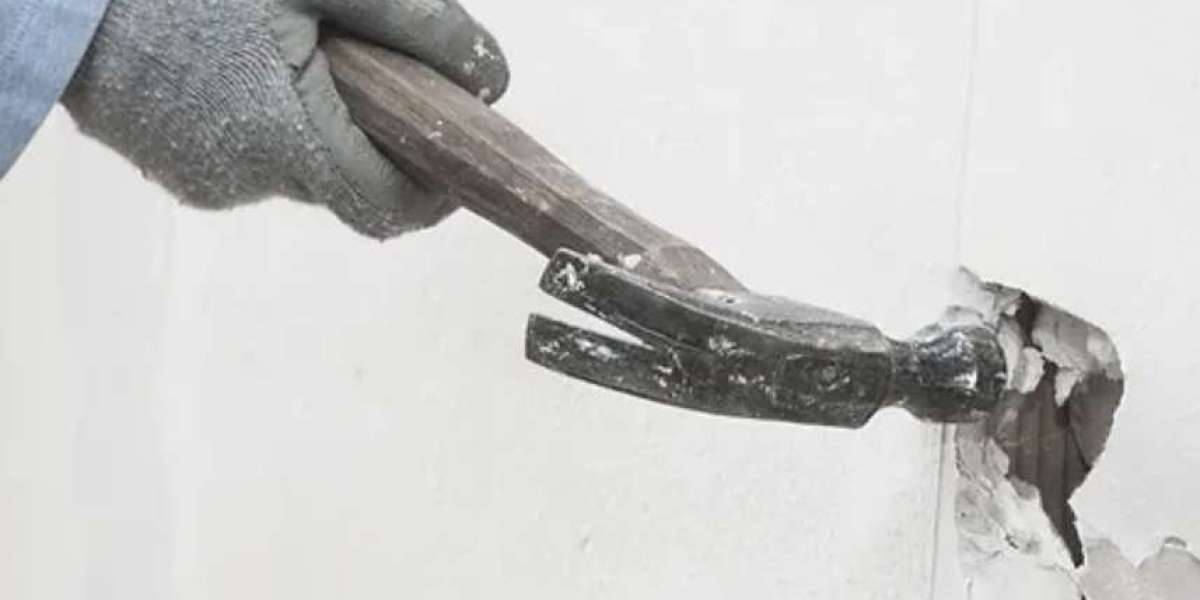Drywall is a fundamental component in modern residential construction and renovation. Also known as plasterboard or gypsum board, drywall is used to create walls and ceilings, providing a smooth and clean finish that can be painted or wallpapered. This guide explores the importance of drywall in residential settings, its types, installation process, and maintenance tips.
What is Drywall?
Definition and Composition
Drywall consists of a gypsum plaster core sandwiched between two sheets of heavy paper. Gypsum, a natural mineral, is known for its fire-resistant properties and ease of use. The paper facing provides a smooth surface that can be finished in various ways to suit interior design preferences.
History and Evolution
Drywall was invented in the early 20th century as a more efficient alternative to traditional plaster and lath construction. Its quick installation and lower labor costs revolutionized the construction industry, making it the standard choice for interior walls and ceilings.
Types of Drywall
Standard Drywall
Standard drywall, or regular drywall, is suitable for most residential applications. It comes in various thicknesses, with 1/2-inch and 5/8-inch being the most common for walls and ceilings.
Moisture-Resistant Drywall
Also known as green board, moisture-resistant drywall is treated to resist moisture and mold. It's ideal for use in high-humidity areas like bathrooms, kitchens, and laundry rooms.
Fire-Resistant Drywall
Fire-resistant drywall, or Type X drywall, contains glass fibers to increase its fire-resistance rating. It's typically used in garages, basements, and areas requiring additional fire protection.
Soundproof Drywall
Soundproof drywall, designed to reduce noise transmission between rooms, incorporates additional layers and materials to dampen sound. It's often used in bedrooms, home offices, and entertainment rooms.
Paperless Drywall
Paperless drywall features a fiberglass mat instead of the traditional paper facing. This makes it more resistant to mold and mildew, suitable for use in damp or humid environments.
Installation Process
Planning and Preparation
- Measure and Plan: Accurately measure the area to be drywalled and plan the layout, considering the placement of electrical outlets, windows, and doors.
- Gather Materials: Ensure you have the necessary materials, including drywall sheets, screws, joint compound, tape, and tools like a utility knife, tape measure, and drywall saw.
Cutting and Hanging Drywall
- Cut to Size: Use a utility knife to score and snap the drywall sheets to the required size.
- Hang the Sheets: Start by hanging the ceiling panels if applicable, followed by the walls. Secure the sheets to the framing with drywall screws, placing screws every 12 to 16 inches.
Taping and Mudding
- Apply Joint Tape: Cover all joints and seams with drywall tape to create a smooth surface.
- Apply Joint Compound: Use a putty knife to apply a thin layer of joint compound over the tape and screw holes. Allow it to dry, then sand smooth. Repeat this process until the joints are seamless.
Finishing
- Sand the Surface: Sand the entire surface to create a smooth, even finish. Be sure to wear a mask to protect yourself from dust.
- Prime and Paint: Apply a coat of primer before painting or applying wallpaper to ensure a uniform finish.
Maintenance and Repair
Common Issues
- Cracks and Holes: Drywall can develop cracks or holes over time due to settling or impact damage.
- Water Damage: Moisture exposure can cause drywall to become soft, discolored, or moldy.
- Nail Pops: Nails or screws can sometimes pop out, creating small bumps on the surface.
Repair Tips
- Small Cracks and Holes: Use a putty knife to apply joint compound over small cracks and holes, then sand and repaint.
- Larger Holes: For larger holes, cut out the damaged section and replace it with a new piece of drywall. Tape and mud the seams, then sand and paint.
- Water Damage: Remove and replace any water-damaged drywall. Address the source of the moisture to prevent future issues.
Preventive Measures
- Control Humidity: Use dehumidifiers and proper ventilation in high-moisture areas to prevent mold and mildew.
- Regular Inspection: Periodically inspect your drywall for signs of damage or wear and address issues promptly to maintain its appearance and integrity.
Conclusion
Drywall is a versatile and essential material in residential construction, providing a smooth and durable surface for walls and ceilings. Understanding the different types of drywall, the installation process, and maintenance tips can help homeowners ensure their drywall remains in excellent condition for years to come. Whether you're building a new home or renovating an existing one, drywall offers a reliable and cost-effective solution for creating beautiful, functional interiors.












